India has emerged as one of the leading exporters of chemical products, including organic and inorganic chemicals, dyes, intermediates, and petrochemicals. The country's well-developed chemical manufacturing infrastructure and skilled workforce make it a global hub for chemical exports. Whether you are a manufacturer or a trader, venturing into the export of chemical products can be a rewarding opportunity. However, the process to export chemical product from India involves multiple steps and compliance requirements that must be followed meticulously. This article provides a detailed guide on how to export chemical product from India, explaining each step clearly and in an easy-to-understand format.
Nature of the Chemical Product
The first step in the process to export chemical product from India is to properly classify your product. The chemical industry includes a wide variety of goods, and each product falls under specific export norms. For instance, hazardous chemicals, pesticides, dyes, and pharmaceutical raw materials are subject to different levels of scrutiny and may require special permissions.
You must identify the appropriate ITC (HS) Code for your product. This code is a globally accepted classification system that customs authorities use to identify and regulate goods. It also determines the duty structure and whether your product is freely exportable, restricted, or prohibited. You can use the HS Code Finder Tool available on the DGFT website to search for your product’s code. Once found, verify whether your product is allowed for export and if a license is required.
Obtain Import Export Code (IEC)
The Import Export Code (IEC) is a mandatory requirement to export chemical product from India. Without this code, you cannot legally export any goods outside the country. It is issued by the Directorate General of Foreign Trade (DGFT) and remains valid for the lifetime of the business unless cancelled.
To apply for an IEC, visit the official DGFT portal. Create a login account and fill in the application form ANF 2A. You will be required to upload scanned copies of your PAN card, business address proof (like Aadhaar), and a bank certificate or a cancelled cheque. After paying a nominal fee of around Rs. 500, your IEC will be issued via email within 1-2 working days.
Review Export Regulations for Your Chemical Product
The export of chemical products is tightly regulated due to their impact on health, environment, and public safety. Different regulatory authorities oversee various categories of chemicals. You must check whether your product is governed by:
-
The Foreign Trade (Development & Regulation) Act regulated by DGFT
-
Ministry of Environment, Forest and Climate Change
-
The Narcotic Drugs and Psychotropic Substances (NDPS) Act for chemicals with narcotic properties
-
International standards like REACH (Registration, Evaluation, Authorisation and Restriction of Chemicals) for exports to Europe
Knowing about these laws helps in avoiding penalties and rejection of consignments. For instance, certain chemicals require prior environmental clearance or NDPS approvals, depending on the destination and nature of the product.
Register with the Appropriate Export Promotion Council
To avail government incentives and access export benefits, you should register with an Export Promotion Council. For chemical products, you need to approach the Chemicals, Cosmetics & Dyes Export Promotion Council (CHEMEXCIL). If your product includes pharmaceutical ingredients, you may also consider registering with PHARMEXCIL.
The registration process is simple. Visit the CHEMEXCIL website, fill out the membership form, and upload the required documents including IEC, PAN card, GST registration certificate, and company incorporation proof. Pay the required membership fee to receive the Registration-Cum-Membership Certificate (RCMC), which is usually valid for five years.
Follow Correct Labeling and Packaging Guidelines
Chemical products must be labeled and packed following international safety and transport regulations. Incorrect labeling can lead to confiscation or rejection by customs or foreign buyers. Always ensure that each package has the following details clearly printed:
-
Product name and chemical formula
-
Hazard symbols as per GHS norms
-
UN Number, if the chemical is hazardous
-
Manufacturer and exporter’s details
-
Batch number and date of manufacture
Additionally, use packaging materials that prevent leakage or reactions. Follow the packaging norms of the destination country to ensure compliance and safe transport.
Conduct Pre-Shipment Inspection and Testing
Some countries require a pre-shipment inspection (PSI) or quality certification before accepting chemical imports. These inspections are meant to confirm that the product meets technical and safety specifications. You can approach government-approved labs such as BIS or FSSAI, depending on your product type. Alternatively, private inspection agencies approved by DGFT or global labs like SGS, TUV, and Intertek can be chosen for third-party certification. Always maintain proper records of inspection reports and testing certificates, as they are crucial during customs clearance.
Select the Right Port and Mode of Transport
Once your product is ready for export, plan the logistics for transportation. Choose a port and freight mode that suits your shipment size and urgency. For bulk chemical exports, sea freight is the most cost-effective mode. Major sea ports like Nhava Sheva (Mumbai), Mundra (Gujarat), and Chennai (Tamil Nadu) are commonly used.
If the product needs to reach the buyer urgently or if the volume is small, air freight via international airports may be considered. Proper planning at this stage helps in reducing transit costs and ensures timely delivery.
File the Shipping Bill and Clear Indian Customs
Before the shipment can leave the country, you must file the Shipping Bill with the Indian Customs Department. This is the principal legal document for the export of goods.
You can file the Shipping Bill electronically via the ICEGATE portal. You will be required to submit the following documents:
-
Commercial invoice and packing list
-
Copy of IEC
-
RCMC issued by Export Promotion Council
-
LUT or Bond for GST exemptions (if applicable)
-
Certificates like MSDS (Material Safety Data Sheet), COA (Certificate of Analysis), etc.
After document verification, customs officials may conduct a physical inspection. If everything is in order, the Let Export Order (LEO) is issued, and your consignment is cleared for loading and shipping.
Avail Export Incentives and GST Refunds
Once your chemical product is exported and the shipment reaches its destination, you become eligible for export incentives offered by the Indian government. These include:
-
RoDTEP (Refund of Duties and Taxes on Exported Products): Offers refund for embedded taxes not reimbursed through other schemes.
-
GST Refund: For input GST paid on raw materials and services used in the manufacturing of exported goods.
-
Duty Drawback: If your product qualifies under the drawback schedule, you can claim a percentage of duty refunds.
To claim these benefits, ensure you maintain accurate records, shipping documents, invoices, and tax filings.
Build Buyer Confidence and Ensure Ongoing Compliance
Successful exporting is not just about shipping the product but building long-term trust with buyers. This is even more crucial when you export chemical product from India. Your international clients rely on you for timely delivery, consistent quality, and proper documentation. Always respond promptly to queries, share real-time updates, and deliver products as per agreed timelines. Ensure that your compliance with both Indian and international regulations is up to date. Regularly renew your licenses, conduct periodic product testing, and stay updated with changes in trade policies.
Conclusion
The process to export chemical product from India involves regulatory approvals, quality assurance, documentation, and logistics planning. It may seem complex initially, but once you understand and follow each step, exporting becomes a manageable and systematic process. Starting from product classification and IEC registration to customs clearance and post-export incentives, each stage requires accuracy and diligence. By following the correct process and staying compliant, Indian exporters can not only grow their business but also earn credibility in global markets. With the rising demand for Indian chemicals, now is the right time to tap into international trade and expand your chemical business worldwide.
If you need any help regarding export or import, then you can connect with the Compliance Calendar LLP Experts through mail at info@ccoffice.in or Call/Whatsapp at +91 9988424211.
FAQs
Q1. Is IEC mandatory to export chemical products from India?
Ans. Yes, obtaining an Import Export Code (IEC) is mandatory for anyone who wants to export chemical product from India. It is issued by DGFT and acts as the primary identification number for export-related transactions.
Q2. How can I find the HS Code for my chemical product?
Ans. You can find the correct HS Code using the "HS Code Finder" tool available on the DGFT website. Enter the product name or details to get the appropriate classification code used for customs clearance.
Q3. Do all chemical products require special licenses for export?
Ans. Not all, but many chemical products do require special licenses, especially hazardous or controlled substances. Always check the DGFT notification or consult with a DGFT consultant to know if your product is freely exportable.
Q4. What is the role of CHEMEXCIL in chemical exports?
Ans. CHEMEXCIL is the Chemicals Export Promotion Council that supports exporters by offering RCMC, trade fair participation, market insights, and access to government incentives. Registration with them is highly recommended.
Q5. Why is correct labeling important in chemical exports?
Ans. Proper labeling ensures safety during transport and storage. It also meets compliance requirements of the importing country and helps avoid delays, rejections, or penalties at customs.
Q6. What are MSDS and COA in chemical exports?
Ans. MSDS (Material Safety Data Sheet) provides safety, handling, and hazard information of the chemical. COA (Certificate of Analysis) confirms the quality and specifications of the batch. Both documents are vital during export clearance.
Q7. Can I export chemical products by air?
Ans. Yes, you can export chemical products by air, especially if the shipment is urgent or of smaller quantity. Ensure the packaging complies with IATA regulations for hazardous goods, if applicable.
Q8. What are the common incentives available for exporters of chemicals?
Ans. Exporters can avail benefits such as RoDTEP, GST refunds on input taxes, and Duty Drawback. These incentives help improve export competitiveness by reimbursing embedded taxes and duties.
Q9. What is a Shipping Bill and why is it necessary?
Ans. A Shipping Bill is a legal document filed with Indian Customs before goods are exported. It contains details about the goods, value, IEC, and other documents. Without this, customs clearance cannot happen.
Q10. How can I stay compliant with international regulations like REACH?
Ans. To stay compliant, understand the importing country’s regulations, register substances if required (like under REACH in the EU), and maintain proper documentation. Hiring compliance consultants can also help you meet global standards.












































































_crop10_thumb.jpg)







_Rules,_2025_learn_crop10_thumb.jpg)








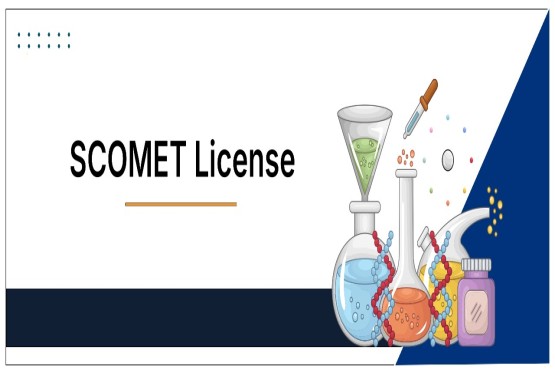



























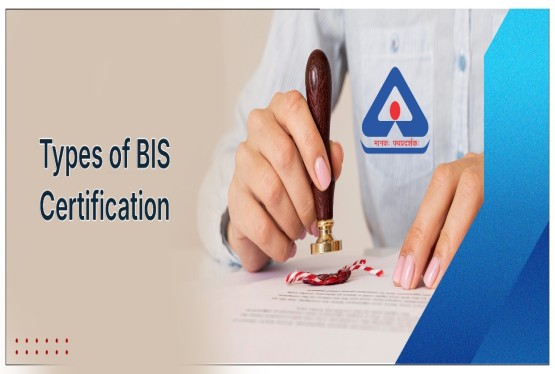

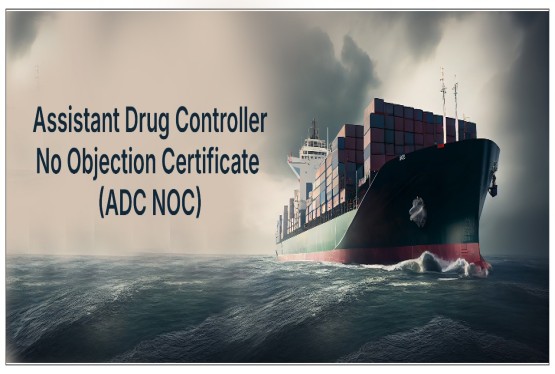






















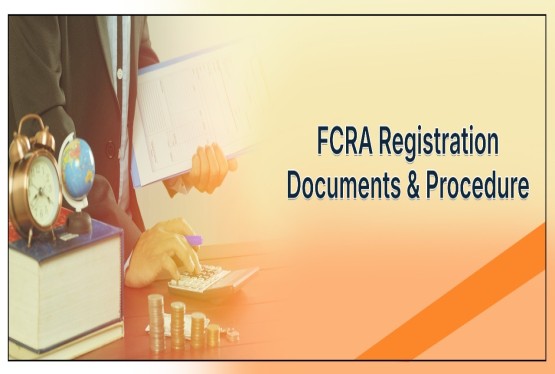


























_crop10_thumb.jpg)








 in BIS FMCS_learn_crop10_thumb.jpg)










_crop10_thumb.jpg)














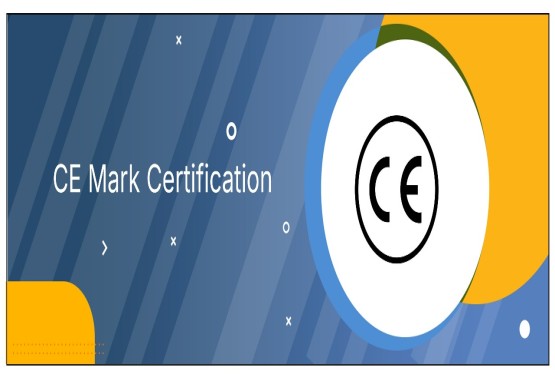
_crop10_thumb.jpg)





_Code C-888_learn_crop10_thumb.jpeg)
_learn_crop10_thumb.jpg)

































































_Certificate_learn_crop10_thumb.jpg)

_Certificate_(1)_crop10_thumb.jpg)






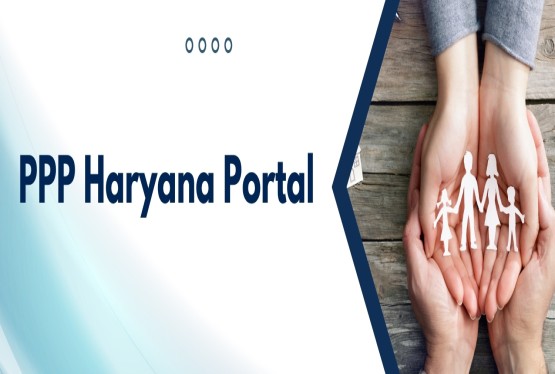








_learn_crop10_thumb.jpg)

_crop10_thumb.jpg)

















_Scheme_learn_crop10_thumb.jpg)


_learn_crop10_thumb.jpg)










